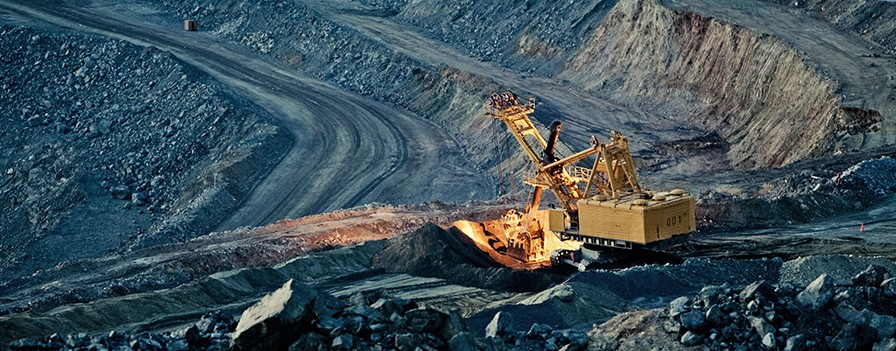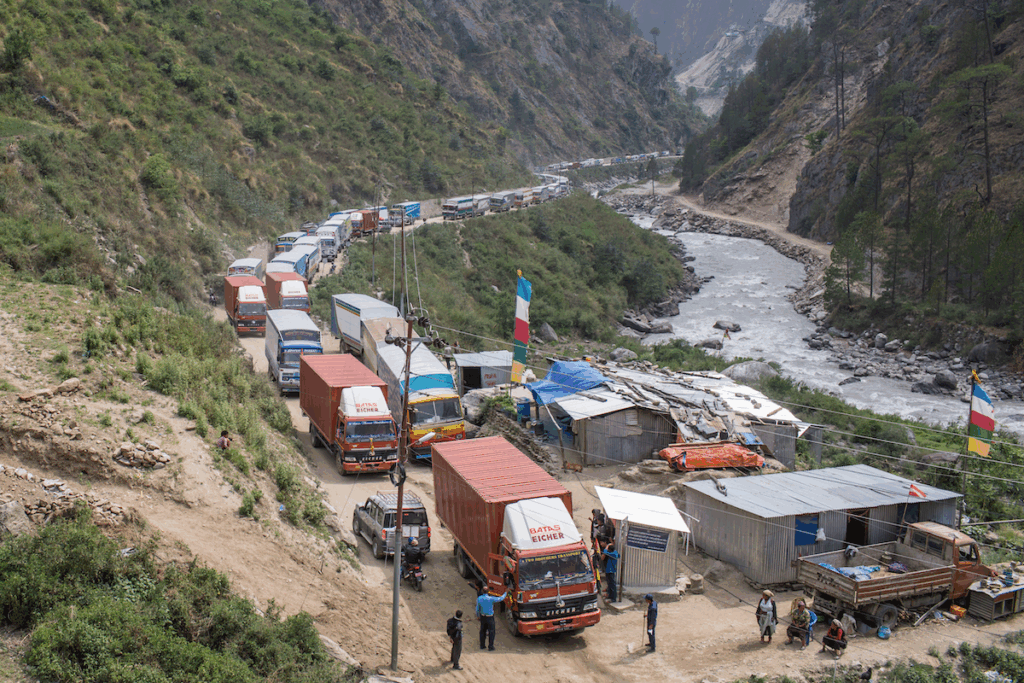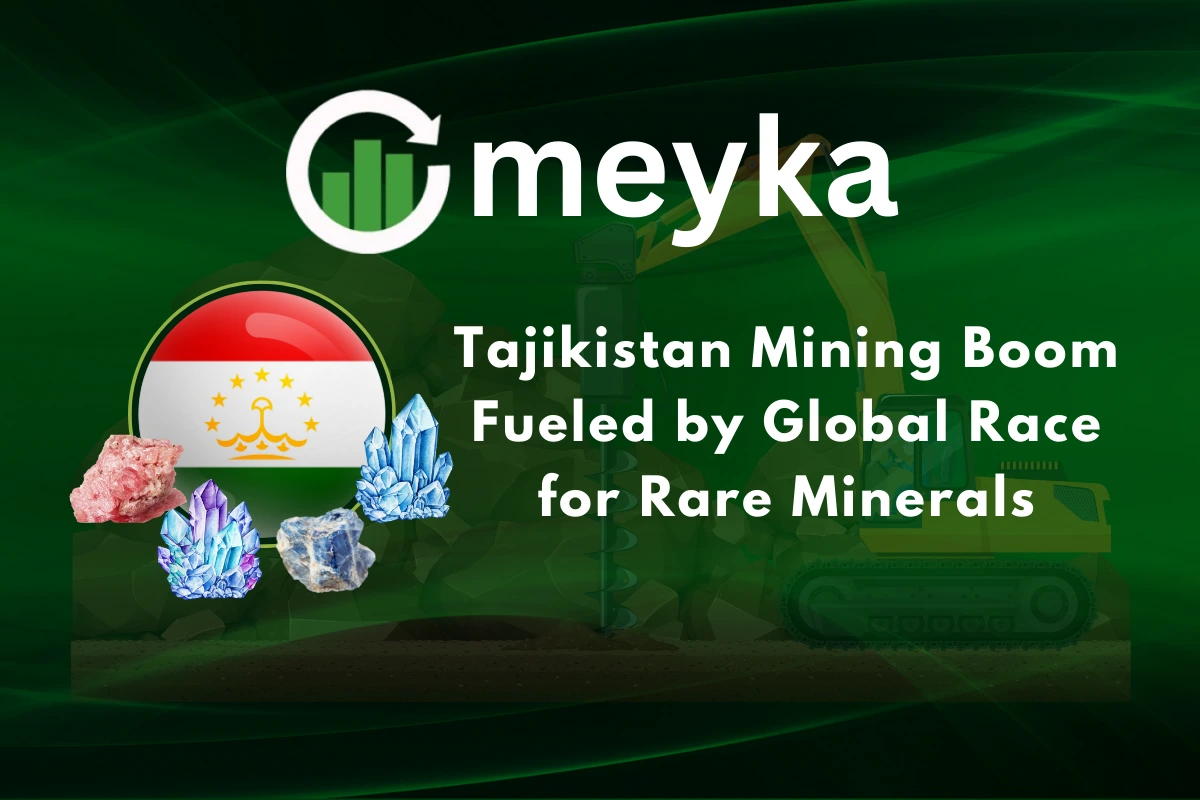Tajikistan Mining Boom Fueled by Global Race for Rare Minerals
Tajikistan is becoming an important player in the global race for rare minerals. It is in Central Asia and has many mineral resources. These include gold, silver, and antimony. Recently, large deposits of tantalum and niobium were found in the Rasht Valley. This shows Tajikistan’s growing mining potential.
The world’s demand for rare minerals is rising. Electronics, renewable energy, and defense industries need them. Tajikistan’s location and resources attract foreign investment. Countries like China and India are exploring joint projects. They want to help modernize the mining industry with new technology.
As of September 2025, mining in Tajikistan is growing fast. In the first four months of 2024, mining produced 4.3 billion somonis ($398.6 million). This is about 19% more than the same period in 2023.
The mining boom brings opportunities and challenges. It can boost the economy and local regions. But it can also cause environmental and social problems. This article will explore Tajikistan’s mining growth and its global impact.
Tajikistan’s Mining Potential
Tajikistan has many mineral resources. These include gold, silver, antimony, and rare earth elements like tantalum and niobium. In July 2025, large deposits of these rare metals were found in the Rasht Valley. This was a key moment for the country’s mining sector. The Tajik Geological Survey confirmed niobium and tantalum at the Nazaraylok and Yosuman sites. Early estimates suggest hundreds of thousands of tons of these metals.
These discoveries are part of a bigger trend. The government has identified 15 zones rich in rare elements, including lithium, tantalum, and niobium. Most of these zones are in the eastern regions of Karasu, Agbasoy, Payron, and Rokhshif. The Rasht Valley, with its mountains, is now the heart of this mining boom. It attracts both local and international interest.
Drivers of the Mining Boom
The global demand for rare minerals is growing fast. These minerals are important for electric vehicles, smartphones, and renewable energy. Tajikistan’s resources have attracted attention worldwide. The country produces about 25% of the world’s antimony. This metal is very important for many industries.

Foreign investment is helping this growth. China is very active in Tajikistan’s mining sector. Chinese companies invest in exploration and development projects. For example, Tajikistan’s first big iron ore enrichment plant is being built in the Sughd region. Chinese technology and money support this project. The plant will process 2.5 million tons of ore every year.
Economic Impact on Tajikistan
The mining sector is now an important part of Tajikistan’s economy. In the first four months of 2024, mining produced 4.3 billion somonis ($398.6 million). This is about 19% more than the same period in 2023.
This growth has created many new jobs. Mining towns are also developing, helping local economies. The government is focusing on the mining industry. It plans to increase gold production by 6% each year. New factories and industrial projects will help reach this goal.
Environmental and Social Implications
The mining boom brings economic benefits, but it also causes problems. Mining can lead to deforestation, soil damage, and water pollution. These issues affect the local nature and communities. Sometimes, mining projects force people to leave their homes. They can also put pressure on local services.
To tackle these problems, the government works with international partners. They focus on sustainable mining practices and involve local communities. New rules are being made to protect the environment. Mining projects also aim to give jobs and improve local infrastructure.
Geopolitical Significance
Tajikistan’s minerals have attracted global attention. They are changing the region’s geopolitics. China invests heavily in Tajikistan’s mining sector. This is part of China’s plan to secure critical minerals for technology and industry.

Infrastructure projects, like upgrading the Pamir Highway, help transport minerals. They also strengthen ties between Tajikistan and China. These changes affect Tajikistan’s relations with other countries, including Russia. Russia has long influenced the region. The growing Chinese presence may change regional alliances and trade partnerships.
Challenges and Risks
Tajikistan’s mining sector faces many challenges. Relying on one industry makes the economy vulnerable to changes in global mineral prices. Other problems include poor infrastructure, strict rules, and environmental damage. These must be fixed for growth to continue.
The government is working to solve these issues. It is making reforms to improve business conditions and build better infrastructure. Environmental protections are also being strengthened. International investment and cooperation are important for long-term success.
Future Outlook and Final Words
Tajikistan’s mining sector is set to grow further. Large rare earth deposits in the Rasht Valley make the country a key player in global mineral supply. New exploration and projects aim to diversify mining beyond gold and silver. The government focuses on sustainable development and international cooperation. Balancing growth with environmental care and social responsibility is essential.
The mining boom brings jobs, revenue, and technology partnerships. It also raises environmental and social challenges. If managed carefully, Tajikistan can lead in the global rare minerals market. Its mineral wealth can drive long-term prosperity and meet the world’s growing demand for critical resources.
Disclaimer:
The above information is based on current market data, which is subject to change, and does not constitute financial advice. Always do your research.






